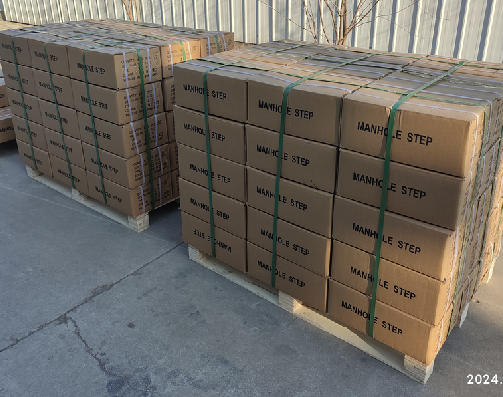creative bollards
Creative Bollards Enhancing Urban Environments with Style and Functionality
Bollards are essential features in urban planning and design, serving numerous purposes that go beyond mere practical functions. They are traditionally used to direct traffic, protect pedestrians, and demarcate boundaries. However, as cities evolve and the importance of aesthetics in urban environments becomes evident, creative bollards are emerging as multifunctional and visually striking elements of city landscapes. These innovative designs not only fulfill safety and regulatory requirements but also contribute to the overall character and identity of urban spaces.
One of the most significant advantages of creative bollards is their ability to enhance safety without compromising aesthetics. In many urban areas, the need for traffic control and pedestrian protection is paramount. Traditional bollards, often lacking in design sophistication, can make public spaces feel sterile and utilitarian. In response, designers are now crafting bollards that integrate form and function. By utilizing materials such as wood, metal, and even recycled plastics, these new designs can transform the visual narrative of public spaces, making them more inviting and engaging while still serving their protective role.
Furthermore, creative bollards can serve as platforms for artistic expression. Cities have begun to embrace the idea of employing local artists and designers to conceptualize unique bollard designs that reflect the cultural heritage or thematic elements of the area. For example, a neighborhood known for its vibrant art scene might feature bollards adorned with murals or intricate carvings, turning them into focal points that invite curiosity and creativity. These artistic installations help foster a sense of community pride and promote local culture, inviting residents and visitors alike to engage more deeply with their environment.
creative bollards

Another fascinating trend in the realm of creative bollards is the incorporation of technology. Some modern bollards now come equipped with smart technology, such as integrated lighting or sensors that monitor pedestrian traffic. These smart bollards can change their colors or patterns based on the time of day or levels of pedestrian activity, further enhancing the aesthetics of the public space while providing valuable data for city planners. This fusion of technology and design not only helps in maintaining a safe environment but also allows for dynamic urban interactions that adapt to the needs of the space.
Sustainability is another essential consideration in the design of contemporary bollards. As cities strive to reduce their carbon footprint and enhance green initiatives, designers have started to employ recycled materials and explore eco-friendly manufacturing methods. Creative bollards crafted from reclaimed wood, metal, or even eco-concrete not only minimize environmental impact but also add a tactile and natural element to the urban landscape. These sustainable designs resonate with the growing trend toward environmentally responsible urban development, appealing to a conscientious populace that values sustainable practices.
Additionally, the placement and design of bollards can significantly influence the flow of pedestrian traffic. Innovatively designed bollards can create visual cues that guide people toward specific areas, such as parks or social gathering spots, enhancing overall accessibility and utility. Their strategic placement can also improve the flow of vehicular traffic by creating natural arches or barriers that encourage drivers to slow down and pay attention to their surroundings.
In conclusion, creative bollards represent a unique intersection of functionality and design in urban planning. By reimagining these often-overlooked elements, cities have the opportunity to enhance safety, promote local culture, and contribute to environmental sustainability while engaging citizens and visitors alike. As urban environments continue to evolve, the role of creative bollards will likely expand, making our cities not just safer but also more vibrant and reflective of their unique character. Embracing these innovative designs paves the way for environments that are not just functional but also beautiful, demonstrating that even the most utilitarian objects can be transformed into works of art that enrich the urban experience.
-
Square Sewer Cover Enhances Urban SafetyNewsAug.01,2025
-
Pipe Fitting Requires Precise AlignmentNewsAug.01,2025
-
Manhole Step Is DurableNewsAug.01,2025
-
Manhole Cover Is Found WorldwideNewsAug.01,2025
-
Hole Cover Frame On RoadsNewsAug.01,2025
-
Gully Grate Improves Road SafetyNewsAug.01,2025
-
Man Hole Cover Round Load CapacityNewsJul.31,2025
